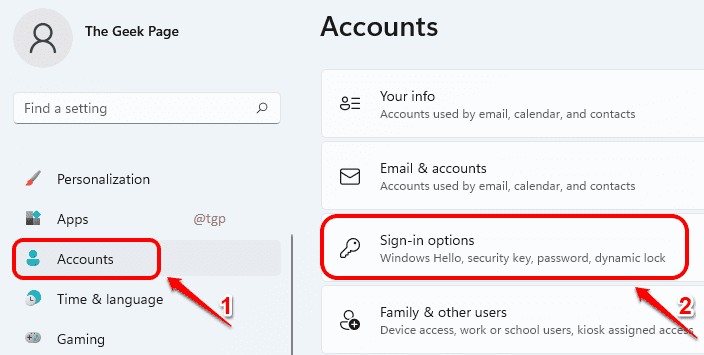

- #Windows asking for password for windows hello how to#
- #Windows asking for password for windows hello windows 10#

Write-Host “Creating registry path $($RegKeyPath).” $PassportPostLogon = “DisablePostLogonProvisioning” $RegKeyPath = “HKLM:\SOFTWARE\Policies\Microsoft\PassportForWork” Here is what I use (can’t find original source to credit, sorry!): This still allows the user to use Windows Hello if they like. If you’re using Intune you can deploy a power shell script to set this registry key automatically. Hi, as Ed pointed out above there is a registry edit that will prevent the Windows Hello prompt from showing up during autopilot. Have any questions? Comment below! And as always, happy deploying! 🚀 When a user selects the option to join a work or school network, the device is automatically joined to the Office 365 tenant’s directory partition, a certificate is issued for the device, and it becomes eligible for Office 365 MDM if the tenant has subscribed to that feature.” This basically results in Hello for Business, which is default to enabled, automatically working and being “required” (although you could still skip it by pressing the X in the top right corner during OOBE).
#Windows asking for password for windows hello windows 10#
According to this docs article, for organizations that use Azure AD as part of O365: “When Windows 10 was released to general availability, Microsoft changed the behavior of the Office 365 Azure AD stack. You may also be wondering why the prompt shows up at all when you haven’t set anything up before, it seems it’s because of Azure AD and Office 365. So if you want to remove the Hello for Business prompt during OOBE (for Autopilot, for example), you would have to block it for everyone using the tenant wide setting. Unfortunately, these settings also apply to the entire tenant and can’t be scoped. Now, there are other locations you can edit the Hello for Business settings – like the Endpoint Security pane in MEM (using security baselines or configuration profiles), but the settings in the Windows Enrollment pane are the only ones that apply during OOBE. Here’s a sped up gif showing how OOBE looks without the prompt: OOBE Gif The next time that you try to sign in on Device A using your PIN, sign-in will fail because the account credentials that Hello on Device A knows will be outdated.Click save and that’s it! During OOBE, you’ll now skip the “Your organization requires Windows Hello” prompt automatically. Suppose instead that you sign in on Device B and change your password for your Microsoft account. You use your PIN to sign in on Device A and then change the password for your Microsoft account.īecause you were using Device A when you changed your password, the PIN on Device A will continue to work with no other action on your part. Let's suppose that you have set up a PIN for your Microsoft account on Device A. However, if Windows Hello for Business is not deployed and the password for that account changes, you must provide the new password on each device to continue to use Hello.

If the PIN or biometric is configured as part of Windows Hello for Business, changing the account password will not impact sign-in or unlock with these gestures since it uses a key or certificate. You can set up Hello for the same account on multiple devices. When you set up Windows Hello, the PIN or biometric gesture that you use is specific to that device.


 0 kommentar(er)
0 kommentar(er)
